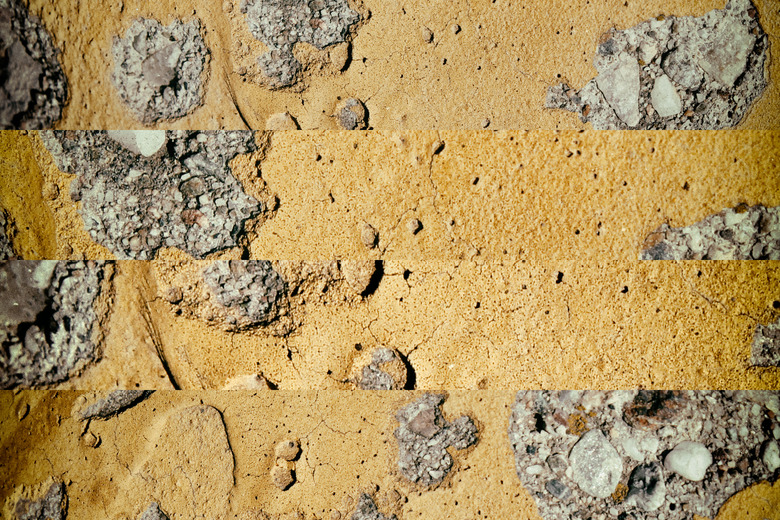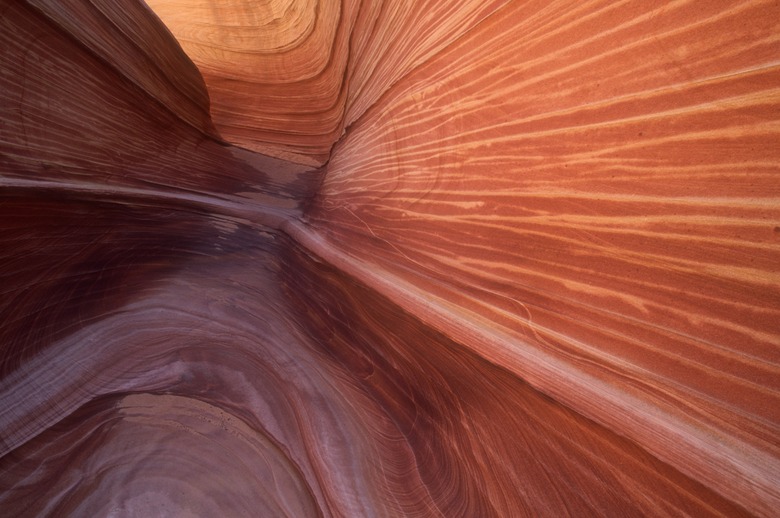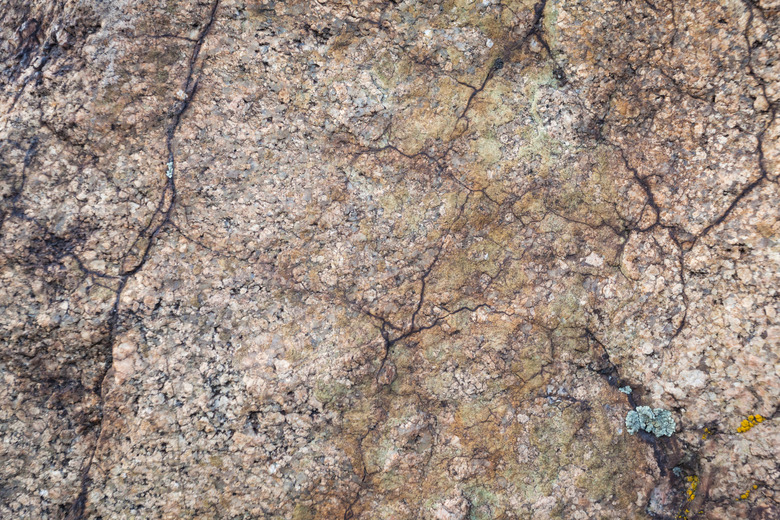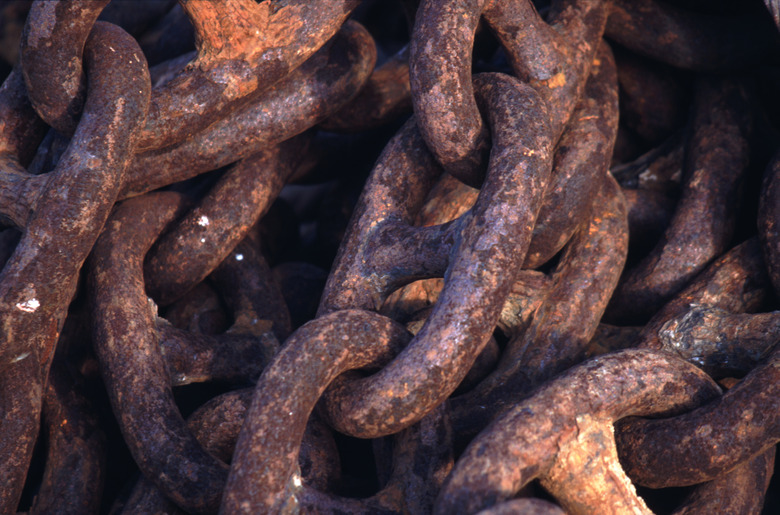What Are The Two Types Of Weathering?
Processes that break down and weaken earth minerals are known as weathering. Over time, this can lead to erosion, in which huge sections of rock and stone are carried away, changing landscapes. Physical weathering alters the material structure of rocks, while chemical weathering alters their chemical structure.
What Is Physical Weathering?
What Is Physical Weathering?
Physical weathering, or mechanical weathering, refers to processes that wear away or break down the physical structure of rock and stone without altering it chemically. This can include processes by which rock is cracked or shattered; for instance, when falling rocks smash into each other and break apart. Physical weathering also refers to the slow wearing away or smoothing of rock surfaces by exposure to the elements. For instance, in abrasion, wind or water carries small particles of rock that scrape against smooth, larger rocks they touch. This can cause large-scale erosion over time – for example, large sandstone cliffs being exposed when the less weathering-resistant shale that neighbors them is stripped away.
Types of Physical Weathering
Types of Physical Weathering
One of the most common types of physical weathering is wedging. Wedging occurs when a substance finds its way into cracks or holes in rock and expands outward. This widens these cracks and holes, and can cause rock to split apart; this may also occur to exposed brick. Freezing water, crystalizing salt, and growing plant roots are common causes of wedging.
In exfoliation, rocks formed under tremendous pressure beneath the Earth are brought to the surface. Without the extreme pressure, the tops of these rocks expand, and split apart from the rock under them. Exfoliation produces sheet-like sections of stone such as granite or marble.
What Is Chemical Weathering?
What Is Chemical Weathering?
While physical weathering changes the structure of a rock, chemical weathering degrades a rock by altering the chemical composition of the minerals that compose it. All rocks are made up of minerals, crystalline structures made up of the basic elements. The elements in these minerals can react with substances around them – such as water or oxygen – and change the chemical makeup of the mineral. In some cases, this chemical change will cause the minerals in the rock to be structurally weaker, and more vulnerable to physical weathering.
Types of Chemical Weathering
Types of Chemical Weathering
You've probably seen a rusty piece of iron. Iron forms soft and brittle rust – iron oxide – when exposed to air, a process called oxidation. Many minerals contain iron and can be weakened by oxidation. In hydrolysis, minerals absorb water into their structure, making them less dense, and thus more vulnerable to weathering. Gypsum, for instance, is formed by the absorption of water.
The most well-known type of weathering is acidification, in which acids such as nitric acid or carbonic acid strip away chemicals in a mineral. Acid rain contains these sorts of weathering acids. One chemical that reacts easily with acids is calcium. Calcium is found in limestone and marble, so acid rain causes significant damage to monuments and statues.
Cite This Article
MLA
Zamboni, Jon. "What Are The Two Types Of Weathering?" sciencing.com, https://www.sciencing.com/two-types-weathering-8065594/. 20 April 2018.
APA
Zamboni, Jon. (2018, April 20). What Are The Two Types Of Weathering?. sciencing.com. Retrieved from https://www.sciencing.com/two-types-weathering-8065594/
Chicago
Zamboni, Jon. What Are The Two Types Of Weathering? last modified August 30, 2022. https://www.sciencing.com/two-types-weathering-8065594/




